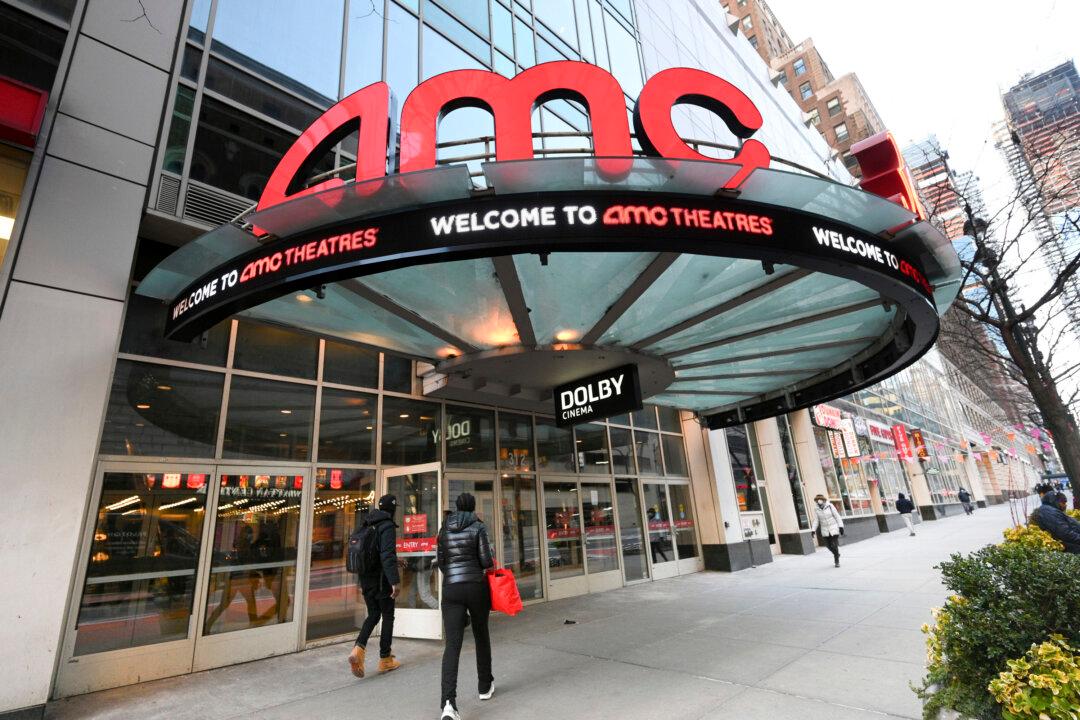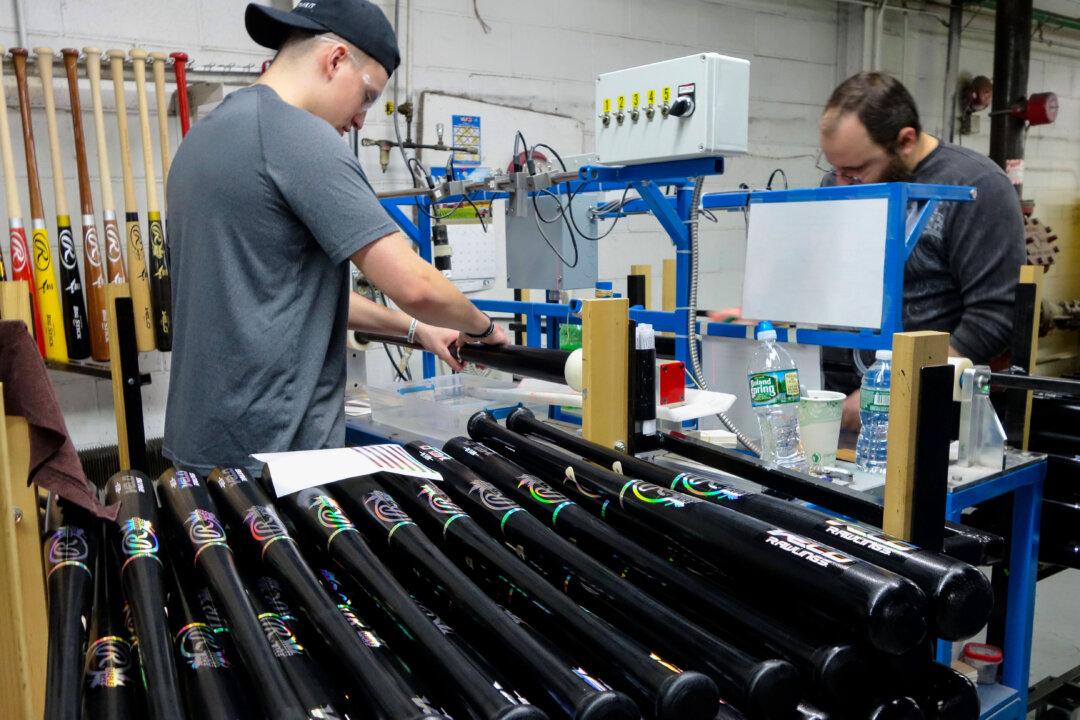Movie theaters across the United States have been making significant changes to their presentation, both in how the films are seen and what surrounds them in the theater complex. In an effort to revitalize in-person movie viewing since the COVID-19 pandemic that made many rather comfortable with watching streaming at home, theaters have spent millions of dollars in order to provide a unique experience for their customers.
But no matter how much money is being spent to make that visit more engaging, the number of movies being distributed to theaters is still affecting the bottom line.





